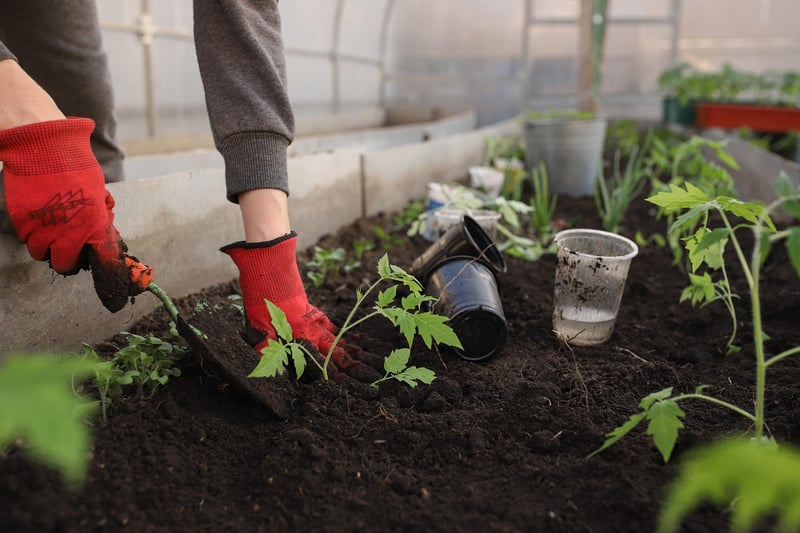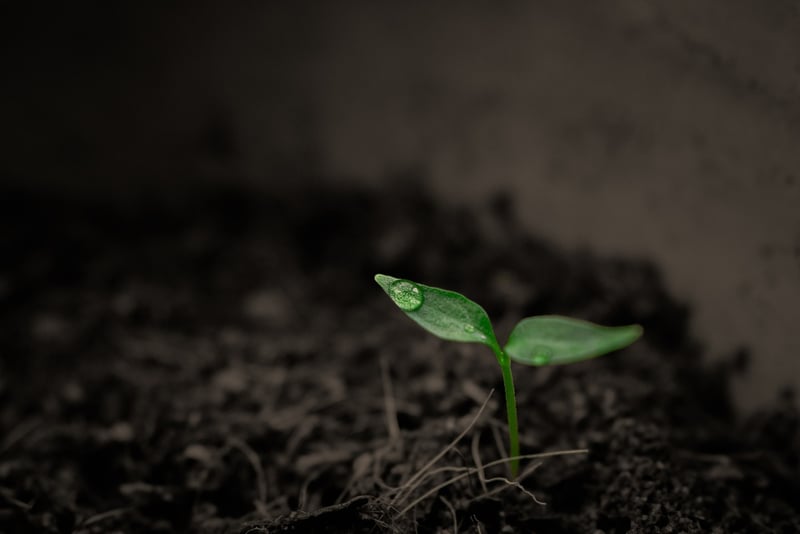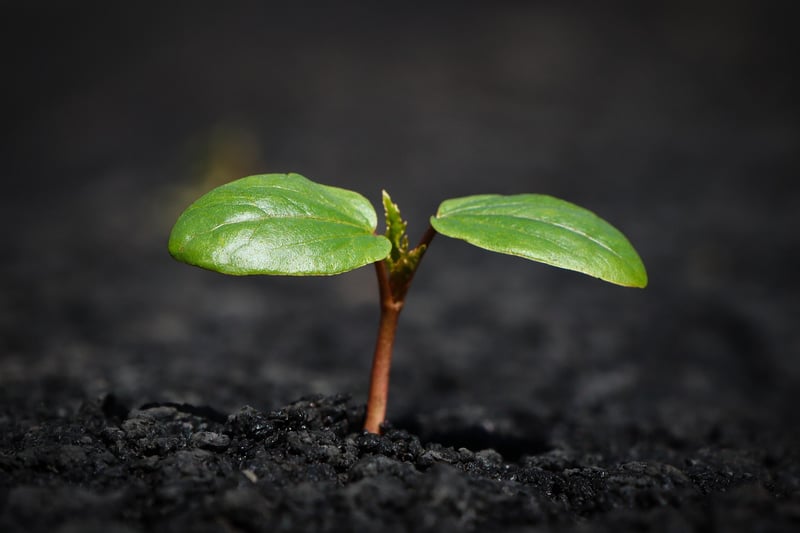Soil Health
Essential Guides for Healthy Plants and Soil Health
Introduction
Welcome to our comprehensive guide on maintaining healthy plants and improving soil health. Whether you are a seasoned gardener or just starting, these tips will help you achieve thriving plants and nutritious soil for your garden.
1. Choosing the Right Plants
Start by selecting plants that are suitable for your region's climate and soil type. Consider factors like sunlight requirements, water needs, and space availability to ensure the best growth outcomes.
2. Proper Watering Techniques
Water plants deeply but infrequently to encourage strong root growth. Avoid overwatering, which can lead to root rot, and ensure proper drainage to prevent waterlogging.
3. Nutrient-Rich Soil
Enhance your soil's fertility by adding organic matter like compost or aged manure. This will provide essential nutrients to your plants and improve soil structure for better water retention and aeration.
4. Mulching Benefits
Apply mulch around your plants to conserve moisture, suppress weeds, and regulate soil temperature. Organic mulches like shredded leaves or straw also break down over time, enriching the soil.
5. Regular Maintenance
Monitor your plants regularly for signs of pests, diseases, or nutrient deficiencies. Promptly address any issues to prevent them from spreading and affecting plant health.
6. Importance of Soil Testing
Periodically test your soil to determine its pH level and nutrient content. This information will help you adjust fertilization practices and ensure optimal growing conditions for your plants.
7. Crop Rotation
Practice crop rotation to prevent soil depletion and reduce pest and disease buildup. By rotating plant families in different areas of your garden each season, you can maintain soil health and improve overall plant resilience.
8. Sustainable Gardening Practices
Embrace eco-friendly gardening techniques like companion planting, integrated pest management, and water conservation strategies. These practices not only benefit plant and soil health but also promote biodiversity in your garden.
Conclusion
By following these essential guides for healthy plants and soil health, you can create a vibrant and sustainable garden that thrives year after year. Remember to observe your plants closely, make adjustments as needed, and enjoy the rewarding experience of nurturing a flourishing garden environment.


For more gardening tips and resources, visit www.gardeners.com.
